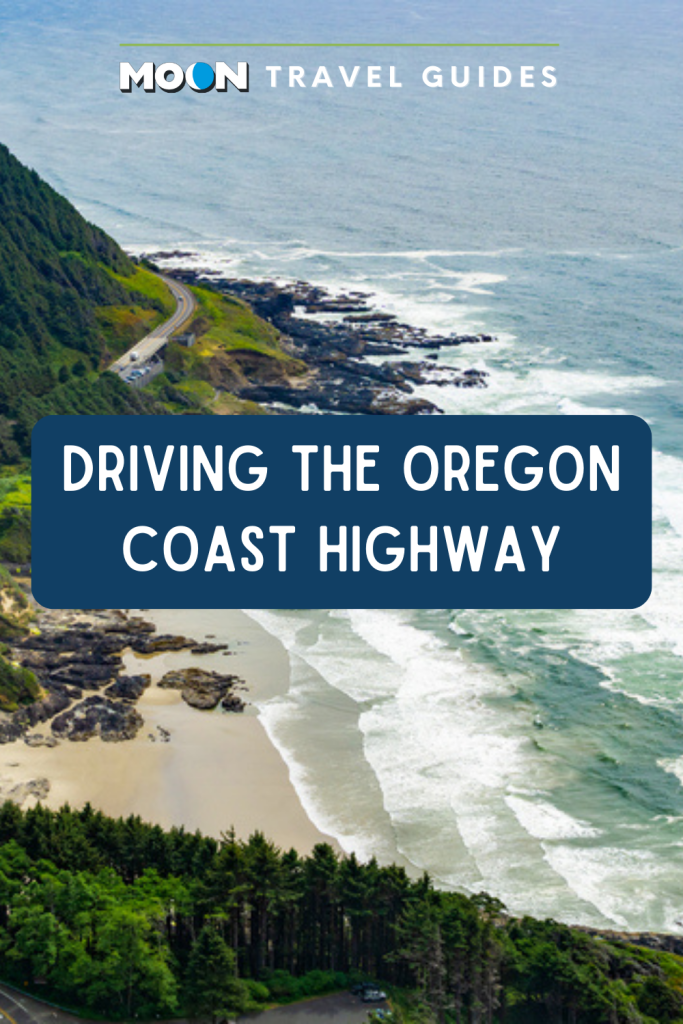Driving the Oregon Coast Highway (U.S. 101)
The Main Street of the Oregon coast, this 363-mile National Scenic Byway has been designated an “All-American Road,” one of 20 in the country selected for their archaeological, cultural, historic, natural, recreational, and scenic importance.

As such, it’s a route to be savored, not hurried through—and that’s just as well, because sustained high-speed travel is not among the highway’s many qualities. The maximum posted speed on U.S. 101 is 55 miles per hour; the actual average speed is usually 50 mph or less. Along the way, several beach loops and inland routes are often less traveled and offer some outstanding scenery in their own right.
U.S. 101 is a two-lane road most of the way, with occasional passing lanes and four lanes along the main drags of the larger coastal cities. You can count on heavy traffic during summer and holidays, and chances are you’ll spend at least a little time getting to know the rear end of a slow-moving log truck or a lumbering Winnebago. Relax. Be prepared to modify your schedule to accommodate inevitable slowdowns, and enjoy the breathtaking scenery surrounding the road.
The automobile may be the first transportation choice for most visitors to the coast, but it’s not the only vehicle on the road. Especially in summer, be mindful of bicyclists sharing the shoulder. Hills and dips, tight turns, and foliage can often obscure them from view until the last moment. And always beware of cars whose drivers are paying more attention to the view than to the road.
In winter, heavy rain and wind are possible dangers, and you may encounter thick fog just about any time of year.
The Oregon Department of Transportation (800/977-ODOT or 800/977-6368 in Oregon, 503/588-2941 out of state) advises on road conditions by phone and via its excellent and comprehensive TripCheck website.
Related Travel Guide
Pin It for Later

